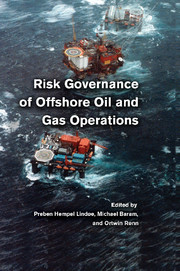Introduction
The precautionary principle has been adopted in a variety of forms at international, European Union and national level (Fisher, 2002). It is applied across an increasing number of national jurisdictions, economic sectors and environmental areas (de Sadeleer, 2002). It has moved from the regulation of industry, technology and health risk, to the wider governance of science, innovation and trade (O'Riordan and Cameron, 1994; O'Riordan and Jordan, 1995; Raffensberger and Tickner, 1999; O'Riordan et al., 2001). As it has expanded in scope, so it has grown in profile and authority. In particular, as Article 174(2) in the EC Treaty of 2002 implies, precaution now constitutes a key underlying principle in European Union policy making (European Commission, 2002). In the aftermath of a series of formative public health controversies, economic calamities and political conflicts (such as those involving BSE and GM crops), precaution is of great salience in many fields, including the regulation of chemicals.
Despite the intensity of the policy attention, however, there remain a number of serious ambiguities and queries concerning the nature and appropriate role of the precautionary principle in governance (Cross, 1996; Majone, 2002; Löfstedt, 2004). These are addressed – if not resolved – in a burgeoning academic (Sand, 2000; Fisher, 2001, 2002; Klinke and Renn, 2001; Stirling, 2003; Peterson, 2006) and more policy-oriented (Stirling, 1999; Gee et al., 2001) literature.
